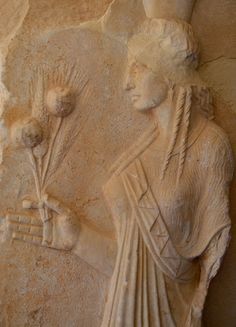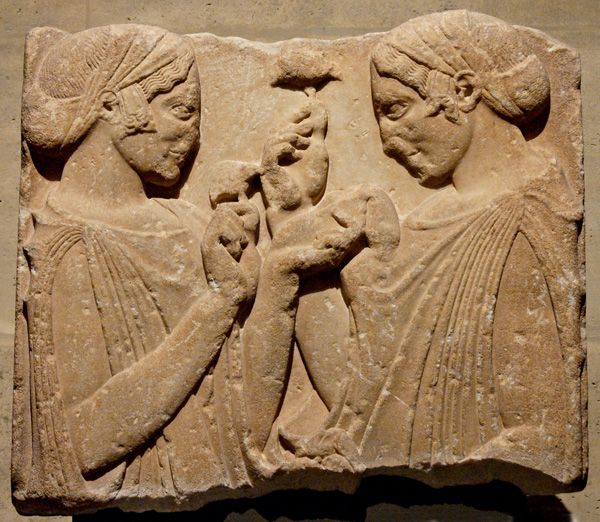Ancient Psychedelia: Alien Gods & Mushroom Goddesses
Online Book - Chapter 11, Page 186
Back to Online Book Mainpage / Next Page (Chapter 11, Page 187)
| One of the primary complaints levied against the Bacchanalia or Dionysian celebrations by the Romans and later Christianized citizenry, was the use of phallic imagery. This has also led to much speculation from the most otherwise intelligent scholars to the effect that this represented “phallic worship” in the ancient world. In all my reading I have done, I have never once found this to be true. In every single case, the phallus was really a metaphoric analogy for the mushroom. Here is what Herodotus has to say, in his Histories, regarding the phallic idea in relation to Dionysus: “Now then, it seems to me that Melampus son of Amytheon was not ignorant of but was familiar with this sacrifice. For Melampus was the one who taught the Greeks the name of Dionysus and the way of sacrificing to him and the phallic procession; he did not exactly unveil the subject taking all its details into consideration, for the teachers who came after him made a fuller revelation; but it was from him that the Greeks learned to bear the phallus along in honor of Dionysus, and they got their present practice from his teaching.” (66) What I gather from this, is that symbolic imagery was in use by this time, and those observing the occasion who were either ignorant or who chose to spread false propaganda intentionally, stuck to the line that phallic celebrations were occurring. Another possibility is that the Greek men were so enthralled by their own members that this was the full expression of their Patriarchy and conquering of the female clans. Demeter is Rhea’s daughter and Mother of Persephone. She is usually portrayed as a fertility and grain goddess, sometimes holding a cornucopia full of grain. This indicates to me that not only was the mushroom replaced by wine in Greece, in the imagery of the mythos, but the mushroom was also replaced by the symbol of grain. This has led some researchers to speculate that the Mystery of Eleusis was a grain-based mystery. We will investigate this shortly. Demeter is also depicted, at least during Graeco-Roman times (100 AD) as having opium poppies in her hands (44h). These are later depictions under Rome when earlier representations from Thessaly, Greece, c. 450 BC, show her and Persephone sharing a mushroom (44g). I suspect opiates and wine were used to supplant the mushroom mysteries.  (44h) Demeter with Poppies. Archaeological Museum of Ancient Corinth. c. 100 AD |
 (44g) Persephone and Demeter. Wall Plaque from Pharsalia. Thessaly, Greece. Louvre Museum no. 701 c. 470-460 BC Persephone is sometimes given her mother’s attributes (67) and sometimes Demeter’s attributes are given to her daughter Persephone. This next section will include excerpts and paraphrasing from the Homeric Hymn to Demeter: (4) Demeter did not take part in this, she of the golden double-axe, she who glories in the harvest.” (5) She [Persephone] was having a good time, along with the daughters of Okeanos.” (6) She was picking flowers: roses, crocus, and beautiful violets. (8) And the narcissus, which was grown as a lure for the flower-faced girl (9) by Gaia [Earth]. All according to the plans of Zeus. She [Gaia] was doing a favor for the one who receives many guests [Hadês]. (10) It [the narcissus] was a wondrous thing in its splendor. To look at it gives a sense of holy awe. (11) to the immortal gods as well as mortal humans. (12) It has a hundred heads growing from the root up. At this point we may read into this and see that Persephone is lured by a mushroom from Hades, a trick by the god of the underworld. The narcissus “implies” narcotics and a plant, but the mushroom is always disguised behind some metaphor. The mushroom grows up a hundred heads from the mycelium laying below. (66) Persephone’s Quest – Wasson, Ott, Ruck, Kramrisch, Yale University Press, 1986, p. 190; Herodotus, Histories 2:49.1 (67) Eurip. Helen. 1304 |
Go Back to Page 185